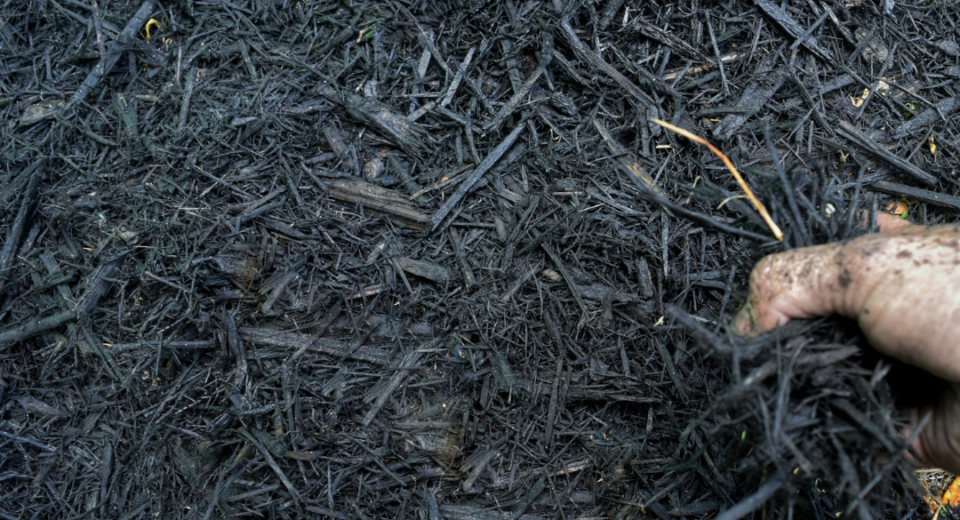Plants That Thrive in the Midwest

While planning your garden layout, there are so many factors to consider – whether you want to attract butterflies and other pollinators, which colors complement the architecture of your home, routine maintenance needed, etc. Each of these goals come with different plants that pair well, but what we should recognize most of all is whether or not those plants thrive in the Midwest. While we may not boast the palm trees of our sunny southern states, there are plenty of gorgeous plants that do well year after year right here in Indiana… So how do we find them?

The first item to consider when planning your landscape is the hardiness zone. Here in central Indiana, we’re in hardiness Zone 6A/5B. Choosing plants that will thrive in your hardiness zone is an easy way to guarantee healthy, long-living plants. And while it may be tempting to add plants you’ve dreamt of to your garden, if they’re outside your zone, they don’t tend to come back for a second year. So, if you’ve noticed that lots of your Pinterest boards include the same types of plants, that’s because those tend to grow best in landscapes in your area!
Some plants that tend to perform well in Zone 6A/5B include:
- Trees native to the Midwest: red maple, oak, and river birch
- Shrubs of all sizes: boxwoods, hydrangeas, viburnum, and ornamental grasses
While these plants have proven to do well in our climate, there are several plants that are often seen around town that are actually trickier to keep alive than most. Some examples are roses and Japanese maples. While they’re beautiful to look at, and many may even grow well, these plants can be a bit more delicate than others if their precise living conditions aren’t met. Not to mention, the Midwest winters and frost can easily kill them off. In fact, roses made the list of most replaced plants for the Pros, along with Jack Frost viburnum, Rozanne geraniums, and even some perennials.
Invasive Species
While we’re on the topic of plants to avoid, it’s important to note that the Pros strongly discourage certain species when creating your landscape design.
- Honeysuckle trees
- Old fashioned lilac
- Euonymus groundcover
These are typically extremely invasive plants that will take over your entire garden (and your neighbor’s). If you’re ever in doubt, be sure to check your local invasive species list online.
If you already have an invasive species planted in your yard, it’s probably time to remove it. It’s a good idea to update your landscaping every 8-10 years, depending on the size of your plants, and if they’re larger, sooner is better! If you do choose to remove a plant, or transplant, fall is the best time to do so since the risk of freezing temperatures is much more predictable.
Tips for a Long Plant Life

The best thing we can do to ensure a long plant life is to plant at the proper time, in the proper place, and follow the Pros Watering Instructions! Of course, we always look at how much sun the plant location is getting, as well as the soil they’re planted in. Use caution to not plant too close to the house or other trees/shrubs. If the garden is too congested, it won’t allow for roots to grow properly. We recommend that plants are kept 3’ from the house and ornamental trees at least 8’ from the house.
Pruning is another way to ensure healthy plants. Pruning at the proper time will encourage new growth the next season, while pruning at the wrong time may actually kill the plant. Last but not least, water, water, water! A new plant is considered established after 6 months, but it will need consistent watering throughout its lifetime!
If this sounds like a lot of work and you’re left wondering if it would be easier to just rip everything out of your landscape beds instead, call the Pros! We’d be happy to help guide you through the process of selecting the right plants for your space and create a design you’ll be proud to have around your home.
Even if you don’t plan to enjoy your new landscaping, the next homeowner’s will, and the key to drawing in new buyers is a clean and welcoming landscape. It’s typically the first photo buyers see online and it will make a lasting impression, and potentially boost your ROI, especially if you’ve added some trees!
Don’t forget, the Pros do everything from landscape design to installation for the front or backyard to routine maintenance. If you need a hand, give the Pros a call!



